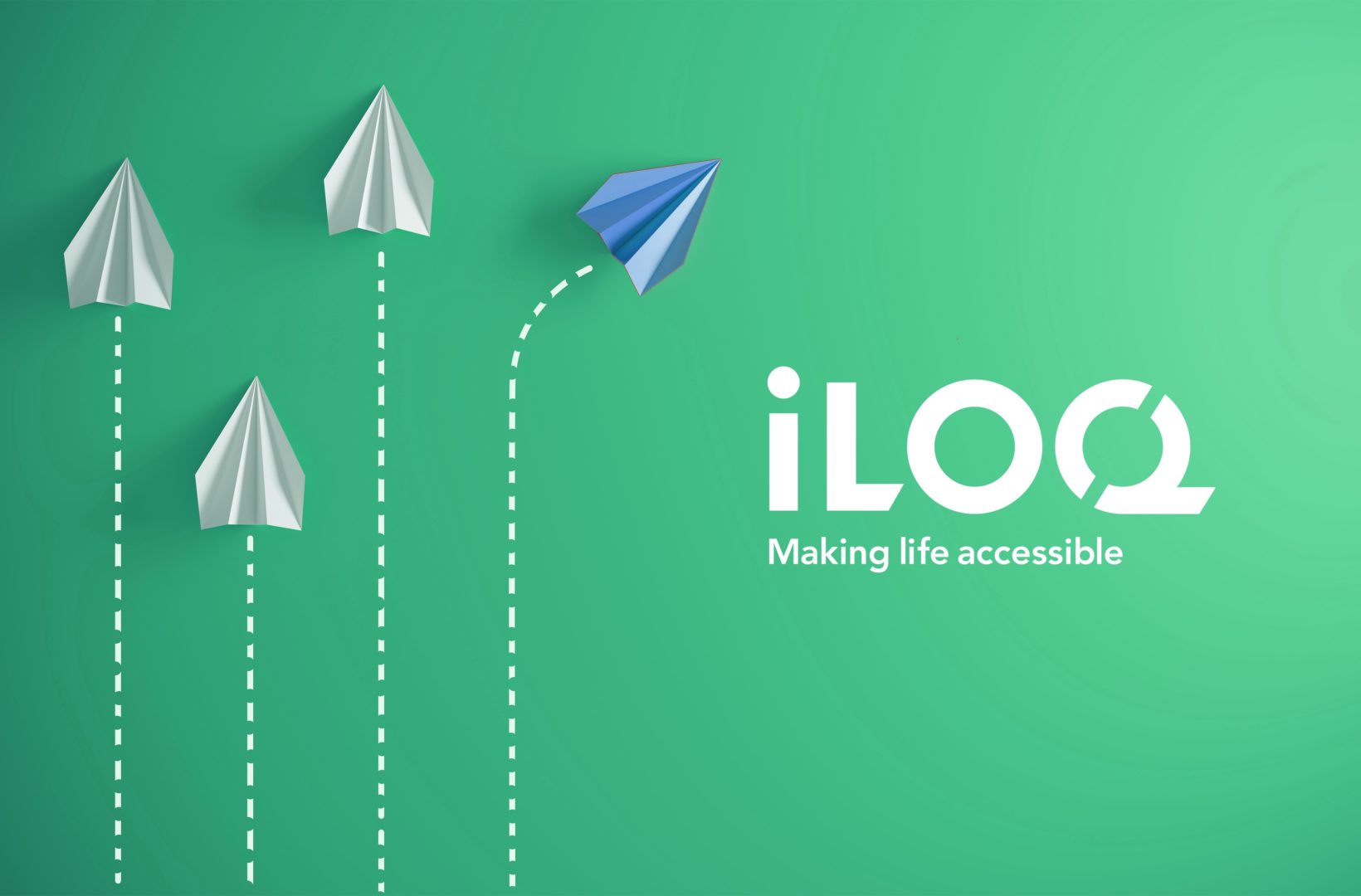Driving innovation to support growth and stay ahead

Innovation is vital to the perpetual success of any organization. For iLOQ, innovation means continuing to come up with something new that puts us ahead of our competitors and ensures the growth and profitability of our business. Growth is also vital for acquiring new investments, assets and talents.
iLOQ is a company that was founded on innovation. Over a decade ago, we came up with a solution that shook the 100-year-old-plus locking industry to its core. And we want to do it again and again; to continue to set the standards in the locking industry, and show the way that others need to follow.
In 2007, we introduced the world’s first electronic locking system that harvests energy for unlocking from key insertion. No batteries or cables were needed. And in 2016, we pushed the boundaries of innovation again by releasing the product family that utilizes NFC technology to its full potential. A smartphone became both a key and a power source.
How do we measure our success? Well, there are business metrics such as ROIC (return on invested capital) and NVP (net present value), the awards (plenty of those) and the patents that are the envy of our competitors. But something we hold close to our hearts is our satisfied customers. At 69 (in the 2019 customer satisfaction survey), and with an industry average of 37, iLOQ has one of the best Net Promoter Scores (NPS) in the locking/access control industry. The NPS is a metric used in customer experience programs to gauge the loyalty of customer relationships.
What can be done to speed up innovation?
Innovating is not only a task for R&D, but for the entire organization and external stakeholders, such as resellers, end users, suppliers and the academic world. R&D must of course follow and sense what new technologies may enable future innovations and make scenarios, but some innovations are already doable today, but we just don’t see them because we are so excited to perform our daily tasks.
A vastly under-utilized resource in companies is the whole personnel. We just need to find the ways to better harness their skills. Examples could include:
- Make everyone responsible – don’t just have ‘Team X’ that is responsible for innovation. Encourage, for example, Mr X from sales from country X to contribute their ideas.
- Create lean programs, processes and tools – and make them transparent. Allow people to see what happened to their idea and why. Give frames and scoring/prioritizing criteria.
- Make innovation visible to all; pick someone to drive it (the higher in the company the better), people to support it (a core team) and link it somehow to the strategy, not just another project. Some companies measure the number of new patents per year as one KPI, but this may limit the focus too much on technology. It’s important to consider that innovation is not just a technology or product. It can also be a new business or service model, a new process or a channel.
- Ensure fast and tactical funding that is available when needed. It is said that disruption is the new competition, such as start-ups without legacy systems. Start-ups can innovate fast, pitch a lot, make quick prototypes, make noise and do all this almost without any money. But, when it is time to scale up, funding might become a problem. Funding is also a problem if it is too fixed, and set once a year, because we don’t know yet (or in Q4) what the winning ideas require and when. In small and medium-sized enterprises, the funding can also be a mix of different sources, flexible and not too bureaucratic (slow).
- Above all else, having the right culture is also always essential. In iLOQ, this is embedded into our organization’s DNA.
One difficult question is, should a company fund and develop ideas that might have potential in the distant future but that are not yet fully aligned with its strategy and core business? Development work, even MVP (minimum viable products), takes time, uses often limited resources, and the outcome is uncertain. But it may bring some benefits later such as selling the idea forward, feeding input back to the strategy, or providing findings for an innovation that is aligned with the core business. How can you know? One way is to apply McKinsey’s Three Horizons Model where mid- and long-term ideas are weighted and treated separately. This model has been challenged lately by saying that developing a long-term idea doesn’t necessarily need to take a long time. Here, some start-up methods and collaboration models are valuable.
Most leaders/executives believe in innovation, but only a few think their organizations are effective at it. Many new business mantras have ‘downgraded’ innovation. But innovation is not dead, and nor should it be outsourced to the start-ups. There are good ways and tools today to manage and lead innovation in collaboration. Even though the same tools and processes are available for all companies, I believe that a permissive and common culture, motivating leadership, customers and channels that score your NPS high and a bit of an entrepreneurial spirit will count in the end. iLOQ definitely has these attributes already.


